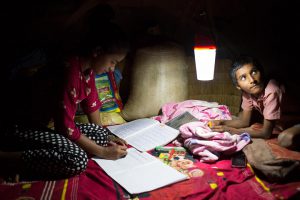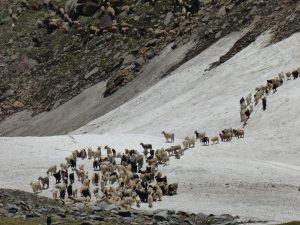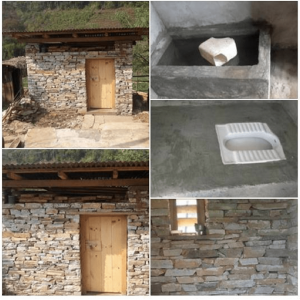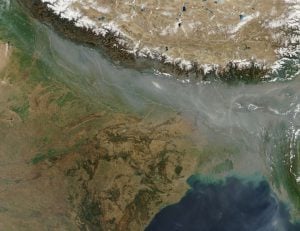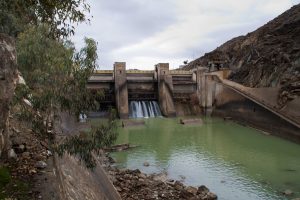Floods and droughts in the same country in the same year, forced migration, food insecurity — climate change is already hitting the developing world so hard that governments have no option but to put their houses in order, warns Abid Suleri.
Speaking about low carbon development on the sidelines of the November 7-18 UN climate summit in Marrakech, Morocco, Suleri — head of the Islamabad-based Sustainable Development Policy Institute — talked about how developing countries were far from being prepared from climate change-induced disasters.
“In Pakistan, there have been droughts and floods the same year for every year since 2010,” he pointed out. “In May and June 2016, there was drought in Pakistan and northern India; at the same time, there were floods in southern India and Sri Lanka. Disaster management authorities were not ready for any of this.” All this forces people to migrate, and those left behind — mostly women, children and the elderly — are even more vulnerable.
Suleri was critical of Pakistan’s decision to set up more coal power plants and therefore add to greenhouse gas emissions. The China Pakistan Economic Corridor plan is expected to increase the share of coal in Pakistan’s power supply from less than 1% to 10-12%. Developing countries like Pakistan needed financial help and cheap technology transfer to move to a low carbon growth path, he added.
LED way
There is a way to move towards a low carbon economy, Ajay Mathur pointed out. Mathur — the head of The Energy and Research Institute (TERI) — described the rollout of LED lights in India.
In 2012, each LED cost USD 6-6.5. Even at that price, it would have paid back in three years by reducing the electricity bill, but people were not going to pay that kind of money when they could buy an old-fashioned incandescent bulb for 20 cents. So the government set up Energy Efficiency Services Limited (EESL), which took 20 cents a month from each distribution company for each consumer. In return, EESL distributed LED bulbs. Since it bought in bulk, it could start by paying USD 5.50 per bulb, a price that has come down to 60 cents in four years. So far, 178 million LED bulbs have been distributed around India.
“You need a business model that satisfies the bulb makers, the distribution companies and the consumers,” Mathur pointed out. “You don’t need subsidies. You need policy-based intervention. The (then) Prime Minister and energy minister took the lead. Political will is important. They could see it was good for the people and would be a popular measure. The scheme was not sold as a move towards a low carbon economy. Consumers were told it was something good for you.”
Clearly, there are ways to move towards a low carbon economy. Will that keep global temperature rise within 1.5 degrees from the pre-industrial age, as the Paris Agreement aspires to do? The jury is out on that. But the most important way to keep within that limit “is to believe that it’s achievable”, according to Suleri.
To move towards a greener economy and to deal with climate change impacts in South Asia, Suleri made a plea for collaboration across borders. “We have to solve our transboundary water issues. Together, we need to develop concrete measures on how to deal with receding glaciers,” he said.



